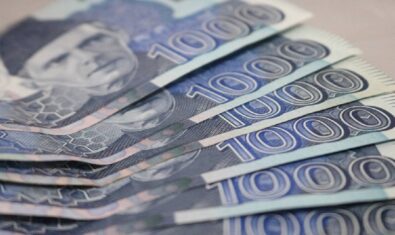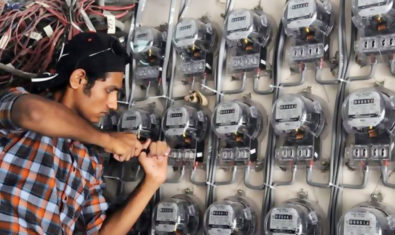The government will likely drop another big gas bomb on the general public by mid-February to appease the International Monetary Fund (IMF). This move, which will likely see an upward revision of up to 41 percent in gas rates, is expected to spark a new round of inflation.
The IMF claims that raising gas prices is critical to reducing the mounting circular debt, according to a report by Express Tribune. If implemented, this would be the second hike in fuel prices since November 2023 when the Oil and Gas Regulatory Authority (OGRA) first notified the new natural gas prices.
Analysts at Optimus Capital Management said SNGPL may hike rates by 41 percent to an average of Rs. 1,753 per unit while SSGC is tipped to raise gas prices by 15 percent to an average of Rs. 1,696 per unit.
These hikes are expected to solve income shortfalls experienced by the gas distribution firms. Given that the government presently subsidizes gas to home users and fertilizer makers, the proposed price increase may vary by consumer sector, such as domestic, commercial, and industrial.
The IMF wants Pakistan to eliminate cross-subsidies and demands a unified price regime for all consumers. In summary, it wants the government to implement semi-annual gas tariff adjustments, eliminate cross-subsidies to the fertilizer sector, phase out captive power usage, establish uniform rates for export and non-export sectors, implement a quarterly gas circular debt flow reporting system, and finalize a circular debt management plan (CDMP).
Latest From the IMF on Gas
The lender said in its first review under the $3 billion Standby Arrangement for Pakistan that recent increases in electricity and gas tariffs were important to shore up energy sector viability, but broader reforms are still needed to tackle the structurally high energy sector costs.
While the November gas tariff increase will add to headline inflation in the coming months, gradual declines are expected given lower core inflation and recent commodity price movements, with year-end inflation revised to 18.5 and 9 percent in FY24 and FY25, respectively.
Pakistan has told the IMF that the gas sector’s circular debt stock has increased considerably—to an estimated Rs 2,084 billion (2.5 percent of GDP) at end-FY23, from Rs. 1,623 billion (2.4 percent of GDP) at end-FY22, quickly approaching that of the power sector. Liquidity constraints have, on the other hand, increased gas shortages.
The government has assured the IMF of regular (automatic) implementation of semiannual gas tariff adjustments, including OGRA’s December 2023 determination within the required 40-day window (SB February 15, 2024).
It also promised the following:
- the full phasing out of captive power usage, which reduces demand for electricity generated in the grid, forces electricity tariffs of grid consumers to cover unused capacity, and exacerbates power sector liquidity pressures;
- establishing a more level playing field among non-household consumers, including by eliminating cross-subsidies to fertilizer producers and favorable rates for well-connected industries;
- the formalization of a circular debt (CD) stock reduction plan



























